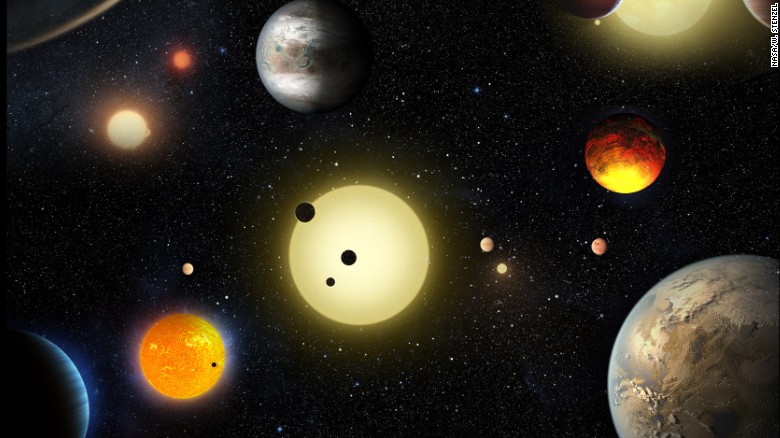(CNN)Astronomers engaged in the search for extraterrestrial intelligence (SETI) are training their instruments on a star around 94 light years from Earth after a very strong signal was detected by a Russian telescope.
An international team of researchers is now examining the radio signal and its star, HD 164595 -- described in a paper by Italian astronomer Claudio Maccone and others as a "strong candidate for SETI" -- in the hopes of determining its origin.
"The signal from HD 164595 is intriguing, because it comes from the vicinity of a sun-like star, and if it's artificial, its strength is great enough that it was clearly made by a civilization with capabilities beyond those of humankind," astronomer Douglas Vakoch, president of METI International, which searches for life beyond Earth, tells CNN.
Whenever a strong signal is detected, "it's a good possibility for some nearby civilization to be detected," Maccone tells CNN.
But experts say it is highly unlikely to be a message from alien beings.
"Without corroboration from an independent observatory, a putative signal from extraterrestrials doesn't have a lot of credibility," Vakoch says.
Advanced civilization?
Paul Gilster of the Tau Zero Foundation, which conducts interstellar research, said that if the signal was artificial, its strength suggested it would have to come from a civilization more advanced than our own.
Such a civilization would likely be Type II on the Kardashev scale, an attempt by the Soviet astronomer of the same name to categorize various technological stages of civilizations.
"The Kardashev scale is based basically on the energy that that civilization might be able to funnel for its own use," says Maccone.
At present, our own species is somewhere near Type I on the scale, whereby a civilization is able to harness all the energy available to it on its own planet, including solar, wind, earthquakes, and other fuels.
A Type II civilization would be able to harness the entirety of the energy emitted by its star, billions of billions of watts.
Doing so would require a colossal undertaking, likely the construction of some kind of superstructure, such as a giant sphere or swarm of super-advanced solar panels popularized by astronomer Freeman Dyson that could catch and store all radiation put out by the sun.
Scientists believe superstructures are probably our best chance of detecting alien life unless they are actively trying to communicate with us.
A Dyson sphere was one of the solutions suggested to the peculiar light fluctuations detected around Tabby's Star, which caused great excitement when they were detected last year.
Maccone is working on developing an alternative mathematical measure of how advanced civilizations are, based on the amount of knowledge and information available to them, that "might help us in the future classify alien civilizations" that we detect.


No comments:
Post a Comment